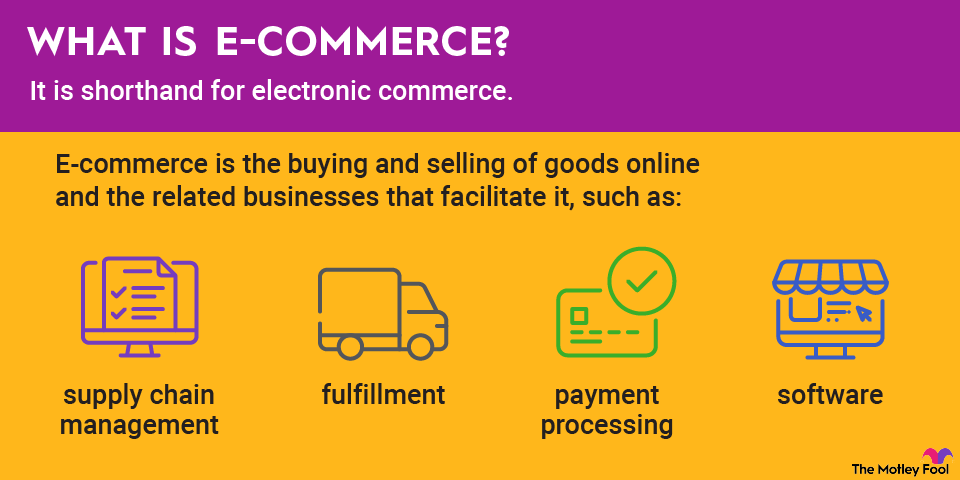The idea behind Bitcoin was to create a permissionless, decentralized digital currency. Its creator wanted a way to make payments that weren’t backed by a central government or agency. As a result, Bitcoin is used as a store of value and a medium of exchange.
Ethereum had a much broader idea. The blockchain is used for all sorts of decentralized applications. While Ether is used to pay for transactions on the blockchain, you can also have other cryptocurrencies built on top of the Ethereum blockchain.
Ethereum and Bitcoin also use different protocols to secure their blockchains.
Bitcoin uses a proof-of-work system. Under this system, every computer on the network is working to solve a complex math problem to write the next block to the blockchain. Once a computer solves the problem, the other members of the network verify the solution (which takes much less work), and a new block attaches to the chain.
Ethereum used the same system until September 2022. It now uses a proof-of-stake system that requires network members to hold Ether to validate the next block in the blockchain. Validators are financially incentivized to verify correct data because they risk losing their stake if they’re a bad actor.
Transaction speeds are usually faster on the Ethereum network. Transaction costs can vary more widely on Ethereum based on how many people are actively trying to write new data to the blockchain, i.e., transaction volume.
Both have their use cases where they excel, and either Ether or Bitcoin could be a viable investment choice for someone interested in buying and holding crypto.




















